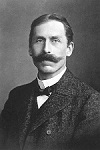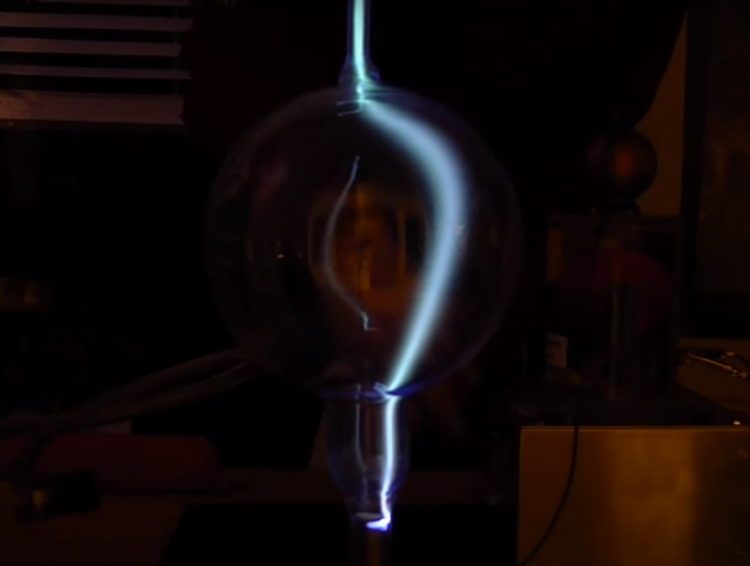You all know Nikola Tesla, the brilliant multi talented Serbian-American mustached man! He was an inventor, electrical engineer, mechanical engineer, physicist and many more! One could say he was a more recent and more geeky version of Leonardo da Vinci.  One of the most fun to watch stuff he made is the famous Tesla Coil back in 1891. It is an electrical resonant transformer circuit which is used to produce high-voltage, low-current, high frequency alternating-current electricity. The part which makes this invention so popular is the “visual effects” that happen when it operates. Purple lightning bolts are thrown left and right, like if Thor have mixed up his laundry with his girlfriend’s purple pajamas.
One of the most fun to watch stuff he made is the famous Tesla Coil back in 1891. It is an electrical resonant transformer circuit which is used to produce high-voltage, low-current, high frequency alternating-current electricity. The part which makes this invention so popular is the “visual effects” that happen when it operates. Purple lightning bolts are thrown left and right, like if Thor have mixed up his laundry with his girlfriend’s purple pajamas.
A similar effect happens with another experiment as well.
In 1889, and other man with an epic mustache, F. Pashchen, published a paper which set out what has become known as Paschen’s Law.
Paschen’s Law is an equation that gives the breakdown voltage, that is the voltage necessary to start a discharge or electric arc, between two electrodes in a  gas as a function of pressure and gap length.
gas as a function of pressure and gap length.
Paschen studied the breakdown voltage of various gases between parallel metal plates as the gas pressure and gap distance were varied. The voltage necessary to arc across the gap decreased as the pressure was reduced and then increased gradually, exceeding its original value. He also found that at normal pressure, the voltage needed to cause an arc reduced as the gap size was reduced but only to a point. As the gap was reduced further, the voltage required to cause an arc began to rise and again exceeded its original value.
Don’t try this at home!
Breakdown voltage is a characteristic of an insulator that defines the maximum voltage difference that can be applied across the material before the insulator collapses and conducts. In solid insulating materials, this usually creates a weakened path within the material by creating permanent molecular or physical changes by the sudden current. Within rarefied gases found in certain types of lamps, breakdown voltage is also sometimes called the “striking voltage”.
In standard conditions at atmospheric pressure, air serves as an excellent insulator, requiring the application of a significant voltage before breaking down (e.g. lightning). In partial vacuum, this breakdown potential may decrease to an extent that two uninsulated surfaces with different potentials might induce the electrical breakdown of the surrounding gas. This may damage an apparatus, as breakdown is analogous to a short circuit.
The breakdown voltage in a partial vacuum is represented as the equation on the left shows, where Vb is the breakdown potential ( DC) (V), B is the constant that depends on the surrounding gas (V/atm*m), ρ the pressure of the surrounding gas(atm), d the gap distance.
(m), A the constant that depends on the surrounding gas (1/atm*m), and Vse the secondary Electron Emission Coefficient (dimensionless).
Go ahead, check this equation and search whatever else you want to solve. You will find some help in our fxSolver video.
Also remember to follow or interact with us in our social media pages. You will find links below.
